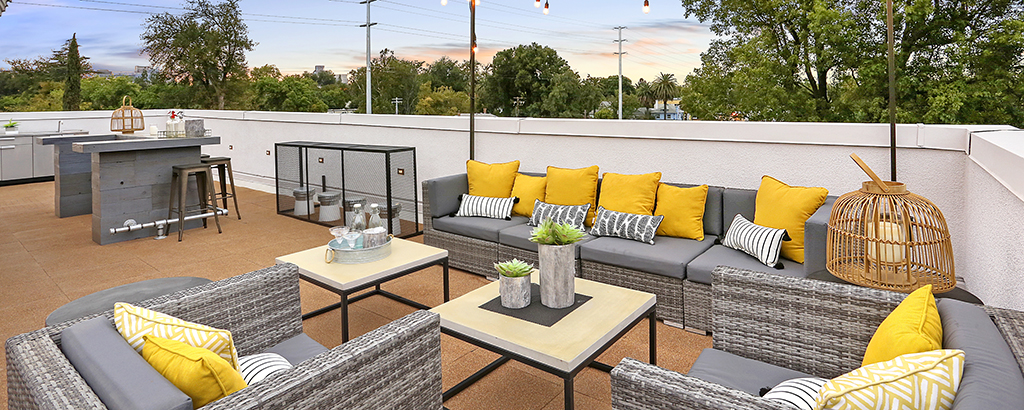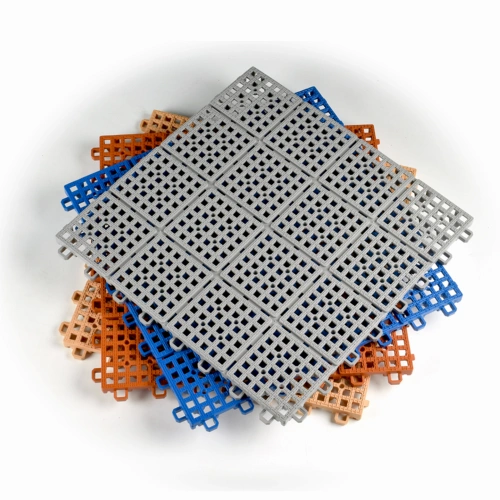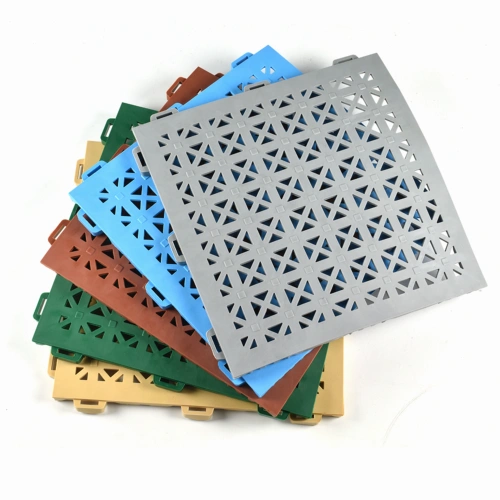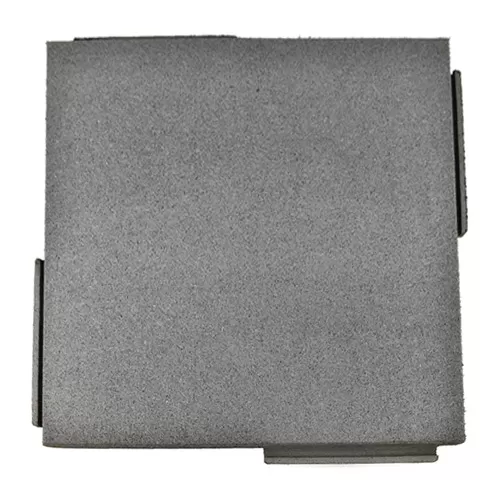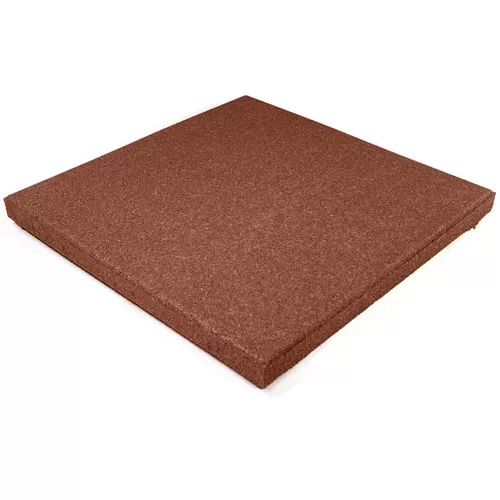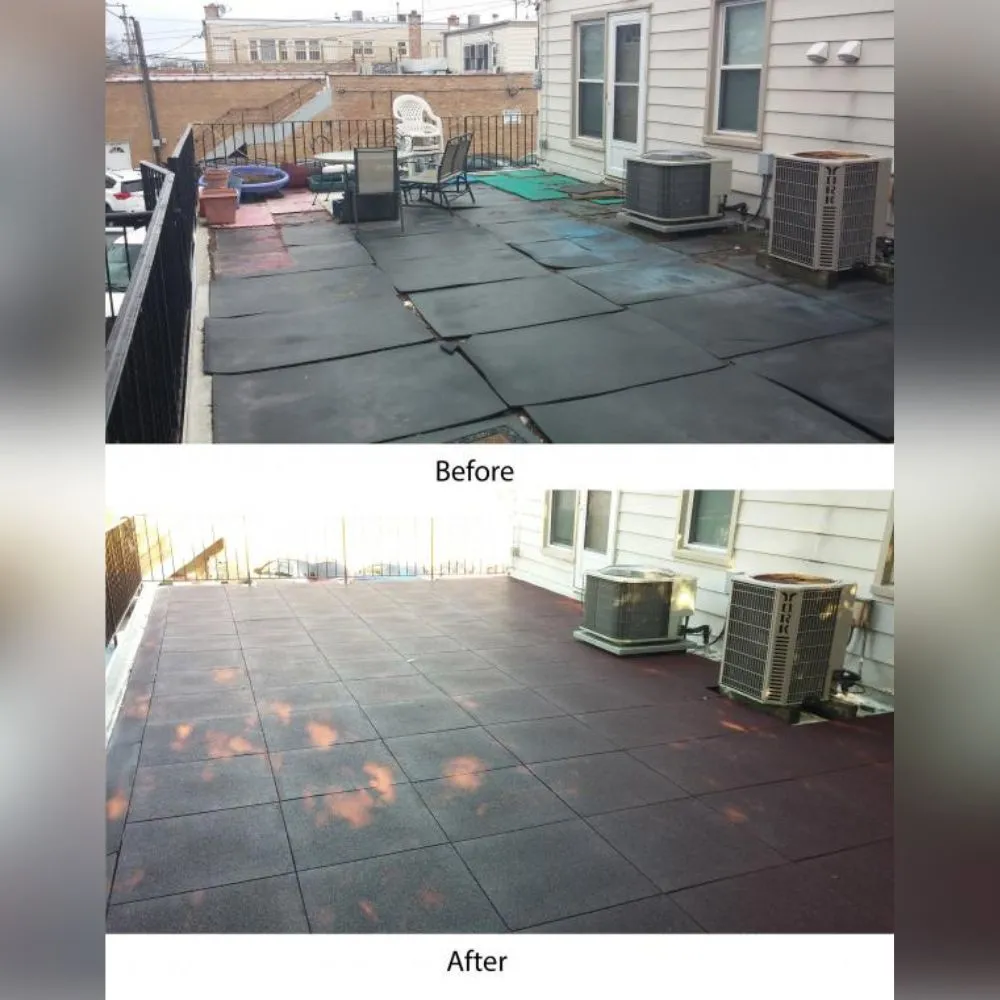Flat roof tiles give you the ability to turn a balcony into a patio/deck. You can install these recycled rubber or PVC plastic tiles directly over concrete or cement, creating a more comfortable space at home or at an apartment. The flat roof tiles have a low profile, ensuring they don’t create a trip hazard for people walking along the walkway. This is also a low-cost option in many instances, making it ideal for those on a tight budget.
Article Library
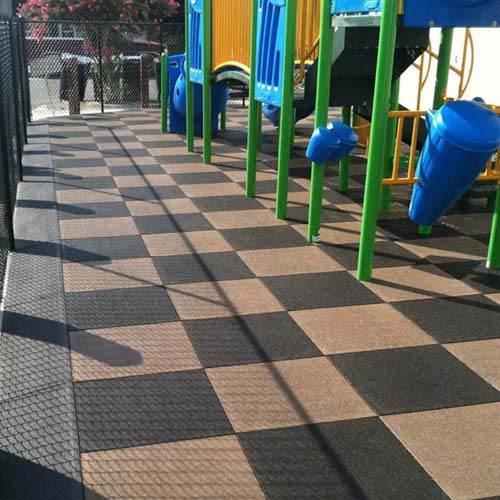
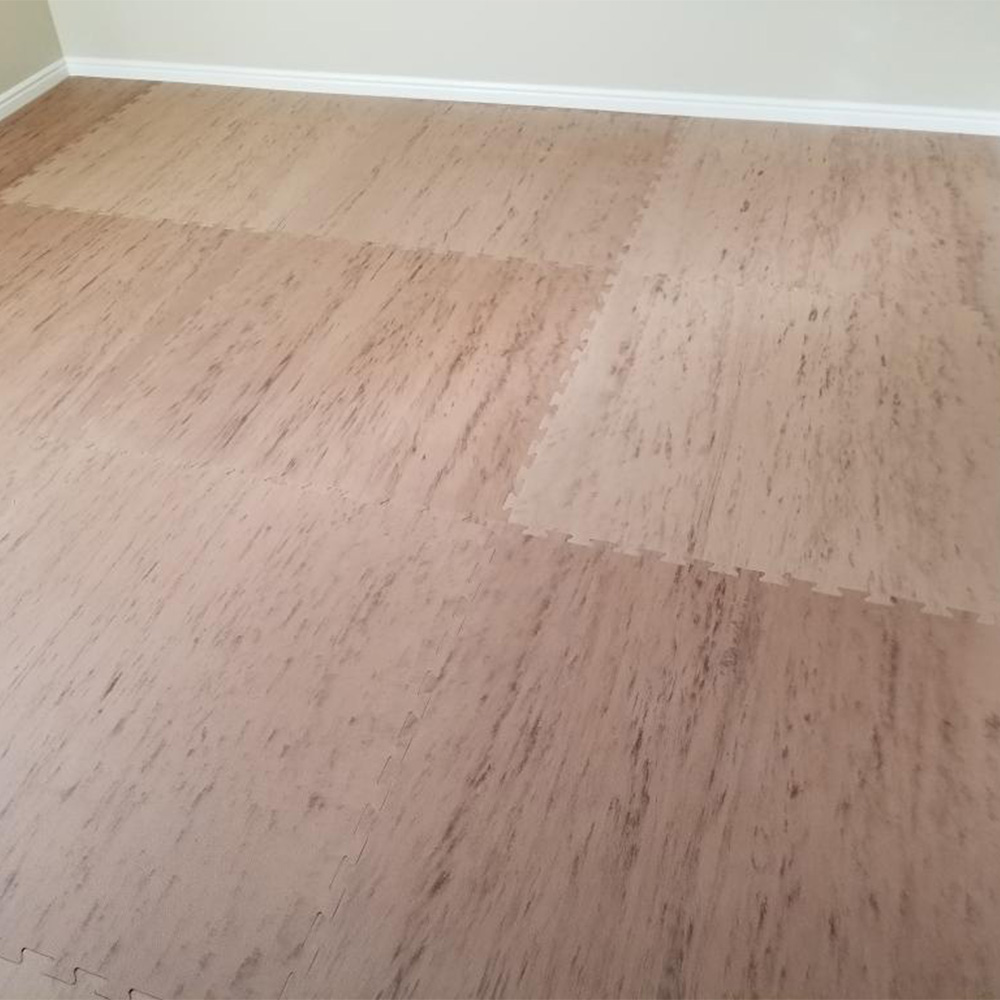
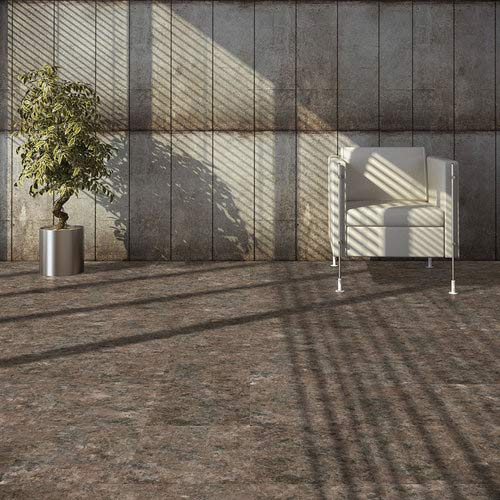
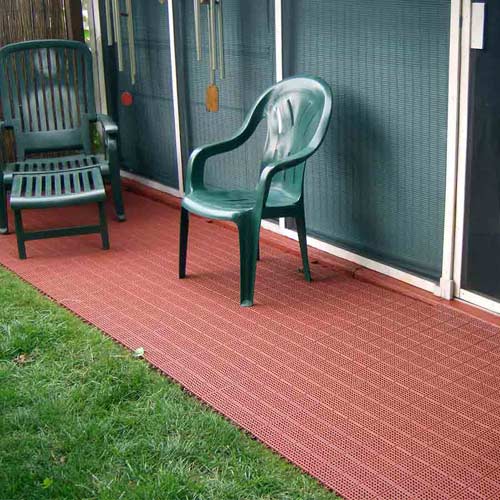

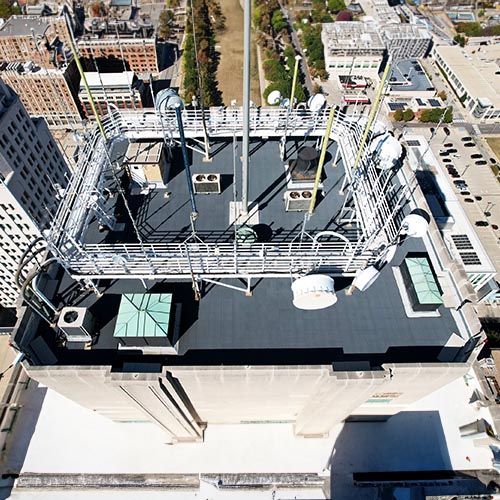
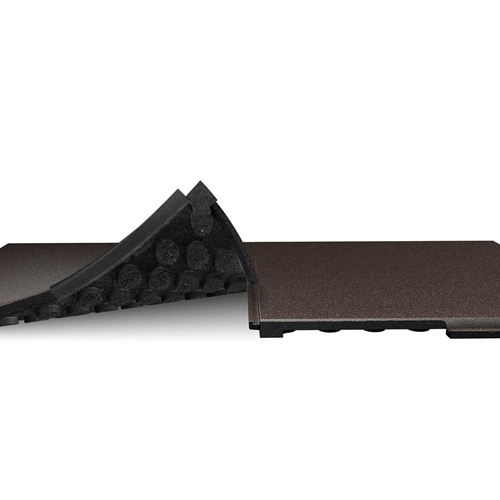
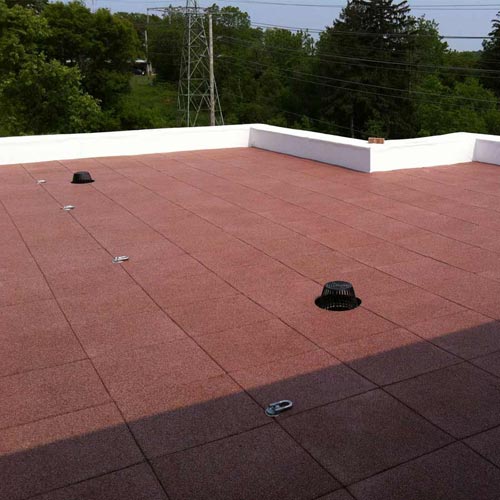
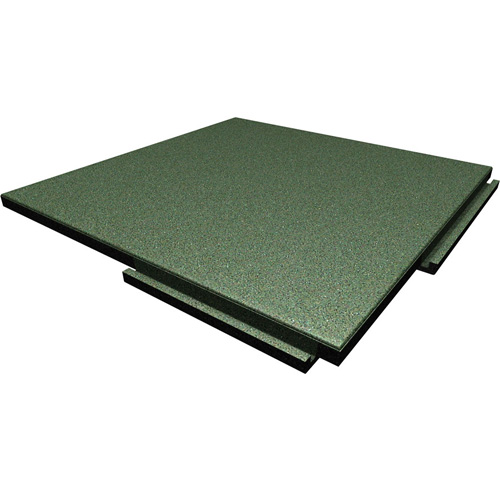
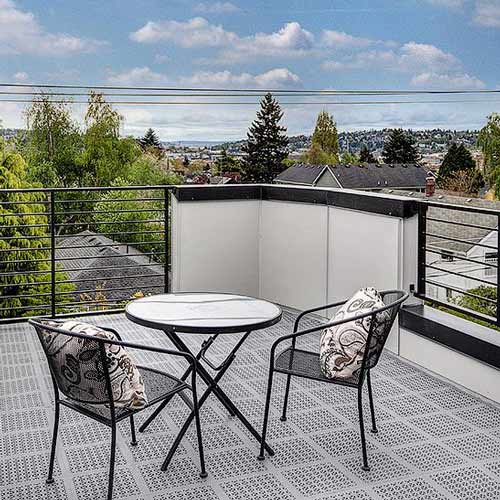

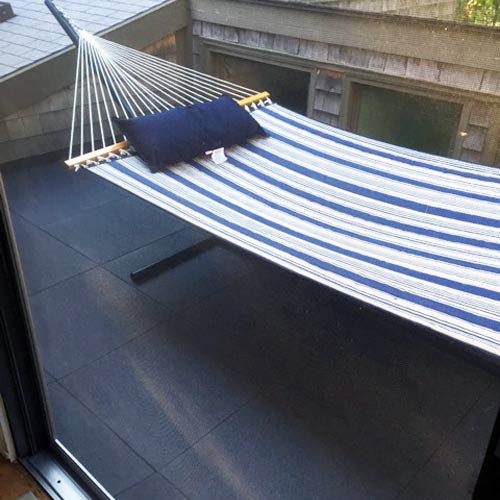
Video Library









Ideas Before You Buy Your Flat Roof Tiles
Tips & considerations for purchasing flat roof tiles:
The following blogs offer tips on what aspects to look for in flat roof tiles before making a purchase. Wherever you plan to use this flooring, these are all important things to learn before making your final decision.- Find out if rubber roof tile costs will fit in your budget. Learn More: What Is The Price Of Interlocking Rubber Roof Tiles?
- Learning how to install deck-top roof tiles can be a challenge with certain models, though, necessitating the hiring of a pro. Learn More: How Do You Install Roof Tiles?
- Learn about the advantages and disadvantages of using a roof paver system on your flat roof. Learn More: The Pros and Cons of Rubber vs. Concrete Roof Tiles
Top 10 Questions About Flat Roof Tiles
Below are the most popular questions we've received about rubber flooring. Click the question to get a detailed answer and explanation on these topics.- What Are the Top Residential Rooftop Deck Flooring Options? When creating a patio on a rooftop at an apartment building or at your home, you want to select a flooring material that is perfect for the space. The best materials include rubber, recycled rubber, PVC plastic, artificial turf, or a rubber/foam blend.
- What Are the Best Protective Rubber Flat Roof Tiles for a Rooftop Membrane? When creating a rooftop patio, you need to protect the membrane across the flat roof that prevents water from leaking inside the building. Typically, rubber tiles and PVC plastic tiles will be the safest choice, as they don’t have sharp edges that could puncture the membrane.
- How Do You Put Decking on a Flat Roof? Before starting the installation process, make sure that the roofing membrane can support the weight of the deck tiles and of people walking on it. Many of our rubber and PVC plastic tiles work for a DIY installation, but you may have to add adhesive to the tiles to secure the installation.
- What Are the Best Materials for Roof Decking? Creating a deck on a flat roof can result in a highly relaxing place to spend the end of the day. Choosing the right materials, such as rubber, artificial turf, or PVC plastic, helps you make the space feel perfect for your needs.
- What Are Rubber Roof Deck Tiles? Flat roof tiles consisting of rubber go directly over the rubber membrane on the flat roof, protecting it from punctures while people use the space. With the tiles in place, they can support patio furniture, giving you a comfortable place to hang out and relax.
- What Are the Most Common Concerns for Putting Flat Roof Tiles Over Rubber Membranes? When installing a rooftop patio on a flat roof, one of the biggest concerns is the potential for puncturing the roof membrane. Another concern is whether the flat roof tiles are thick enough to support the weight of patio furniture and people walking on them.
- What Are the Features and Benefits of Flat Roof Tiles? Rubber rooftop deck tiles that measure at least 2 inches in thickness allow them to support the weight of patio furniture and of people walking on them. The rubber does not suffer damage from extreme temperatures, and it can stand up to any kind of weather event without suffering damage.
- What Are the Top 5 Types of Rooftop Tiles? When selecting your flat roof tiles, think about the primary reason you want to install the tiles before picking a tile design. If drainage is important, pick a tile with perforations; if you need maximum comfort, pick artificial turf or PVC plastic; and if you need maximum durability, go with rubber.
- How Do I Clean Rooftop Deck Flooring? To clean rubber rooftop tiles, rinse them with a hose and sprayer, and use a brush on the surface to clean them more thoroughly. For artificial turf, you can rinse it, use a leaf blower, or use a vacuum. For PVC plastic tiles, rinse them with a power washer or a hose and sprayer.
- What Are the Best Rooftop Deck Flooring Features? Rubber flooring on a rooftop provides support for patio furniture and delivers a good value over time because of how durable it is. If you want brighter color options from the flat roof tiles or materials that feel good on bare feet, look for PVC plastic or artificial turf.
Best Flat Roof Products
Patio Outdoor Tiles
When you want flat roof tiles that allow rainwater to drain easily, our Patio Outdoor Tiles contain perforations that expedite the movement of water.
StayLock Perforated Tiles
PVC plastic flat roof tiles, such as the StayLock Perforated Tiles from Greatmats, provide multiple color options when creating a rooftop patio.
Gray Sterling Rooftop Tiles
For one of the most durable options on a rooftop patio, trust our Gray Sterling Rooftop Tiles, which measure 2 inches in thickness.
Max Playground Rubber Tiles
At 2.5 inches in thickness, the Max Playground Rubber Tiles from Greatmats are highly durable, and they also have an ADA-compliant border edging ramp available.
Flat Roof Tile Customer Installations
Jews for Jesus Organization
At the Jews for Jesus Organization building, the group chose our 2-inch-thick rubber tiles to replace a worn and unsafe rooftop patio, giving the gathering space new life.
Rooftop Patio: Sterling Rooftop Tiles
Flat Roof Tiles Installation & Maintenance Videos
Rubber Roof Membrane Concerns for Rooftop Patios - Rooftop Tiles
Home and Commercial Flat Roof Pavers - Rubber and Plastic
Rooftop Rubber Flooring Tiles - Greatmats Sterling Roof Top Tiles
